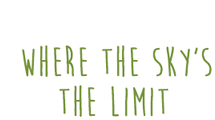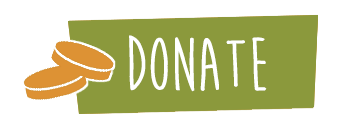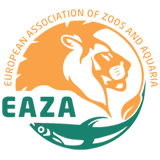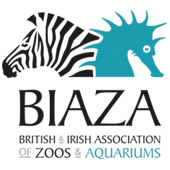Winter can be a tough time of year for wild birds of prey, particularly young birds facing their first winter. We’ve been catching up with Cedric Robert, our National Bird of Prey HospitalTM Manager, to find out more about some of the most recent patients:
“November has been an eventful month for me in the hospital, so I am going to give you an insight to just one week last month. We started the week with only one indoor bay available inside the hospital and all outdoor rehabilitation aviaries were full. I was very eager to be back to work for this week because I knew it would be quite challenging and also because I’d have the chance to release a few birds back to the wild – a real highlight of my job.
“During the week, we released four birds that had been successfully rehabilitated, including:
- A Buzzard – a very beautiful pale adult female who was with us for only a few days. She was admitted to us having got herself caught in a net and so only needed a few days with us before we were able to release her back to the wild.
- Two Tawny Owls – both admitted to our care after motor vehicle accidents.
- A Barn Owl – admitted to us with a wing injury in October.
It doesn’t happen often, but I had the chance to release one of the Tawny Owls and the Barn Owl back to the wild. At this time of the year, despite the cold, it’s great because we don’t have to wait too late for it to be dark enough to release these birds. Watch videos of the release of the Tawny Owl and Barn Owl below.
“I was hoping to release an additional four birds but, unfortunately, with further observations of their flying abilities it became apparent that they needed more rehabilitation time before they are returned to the wild. The two Red Kites in our care required additional time to gain strength. There is a Kestrel currently moulting and we’re waiting for it to grow a full set of tail feathers as without these, it is struggling to fly. There is a second Kestrel who was admitted with a wing trauma and who is still receiving care inside the hospital – I hope to move him to an outdoor rehabilitation aviary soon with the ultimate hope of releasing him back to the wild during December.
“Before any birds are released to the wild, Dr Matt Stevens, our UK Conservation Biologist, fits each bird with a leg ring so that if it is sighted again in the future, we’ll be able to gain further insight to its movements and the success of our rehabilitation work.
“With some birds released back to the hospital, we also admitted three birds during the week, including two juvenile Kestrels and a Tawny Owl, all of which are low in condition.
“Overall, it’s been a very eventful week for me in hospital, but a successful one too. Every bird that is admitted to our care requires a tremendous amount of work and care to get to the point when we can release it back to the wild, but the result always makes it worthwhile. I would like to take this opportunity to thank all of the wonderful volunteers who help me in the hospital, including Caroline, Tony, Ralph, Jeremy, Derek and Don who come in every single week and whose help is invaluable.”
On average, it costs us £174 each day to run our hospital – you can help support this important work by donating or become a supporter.









